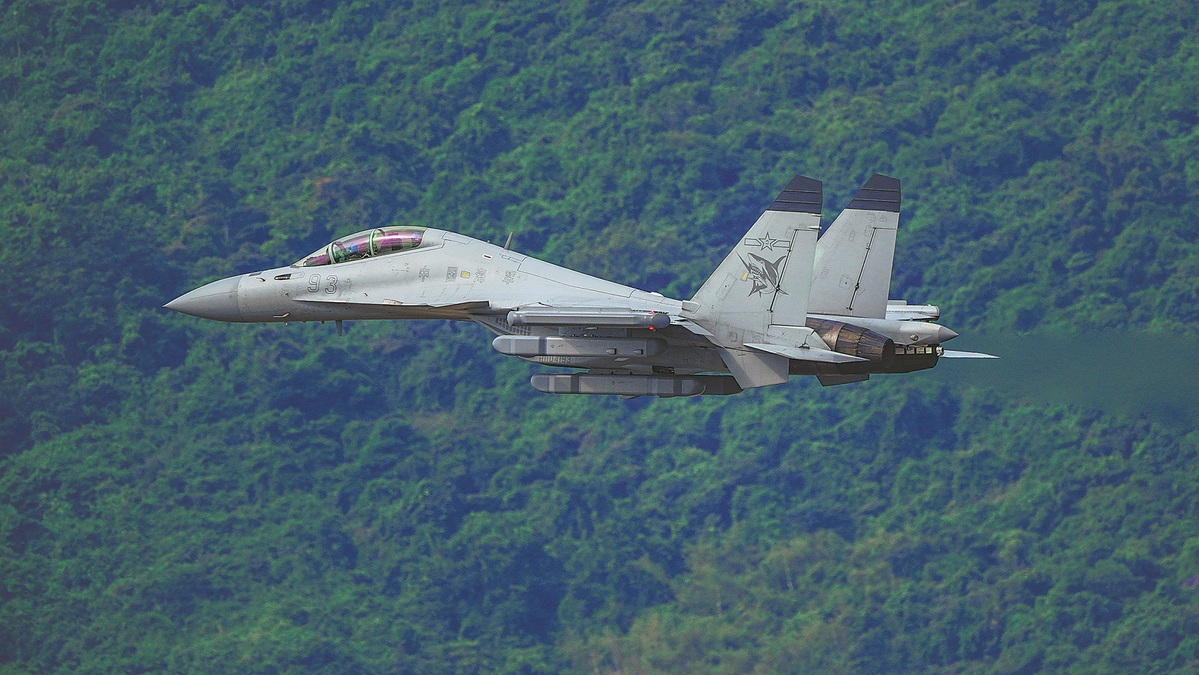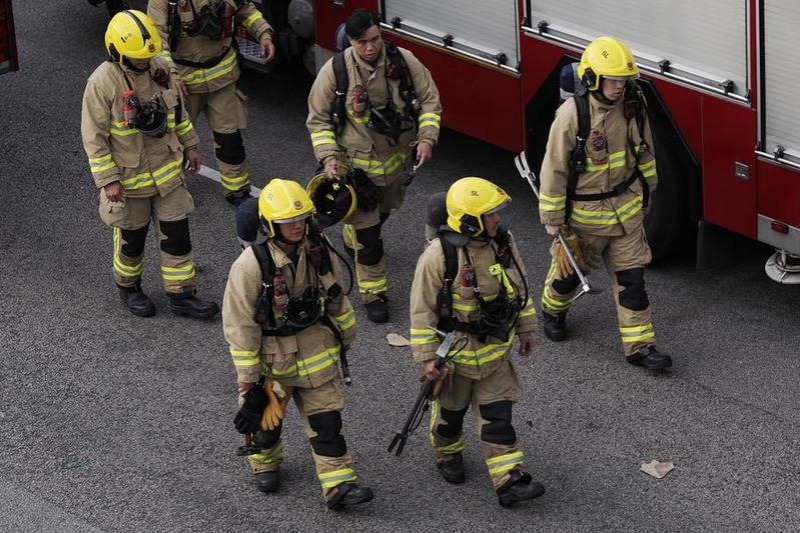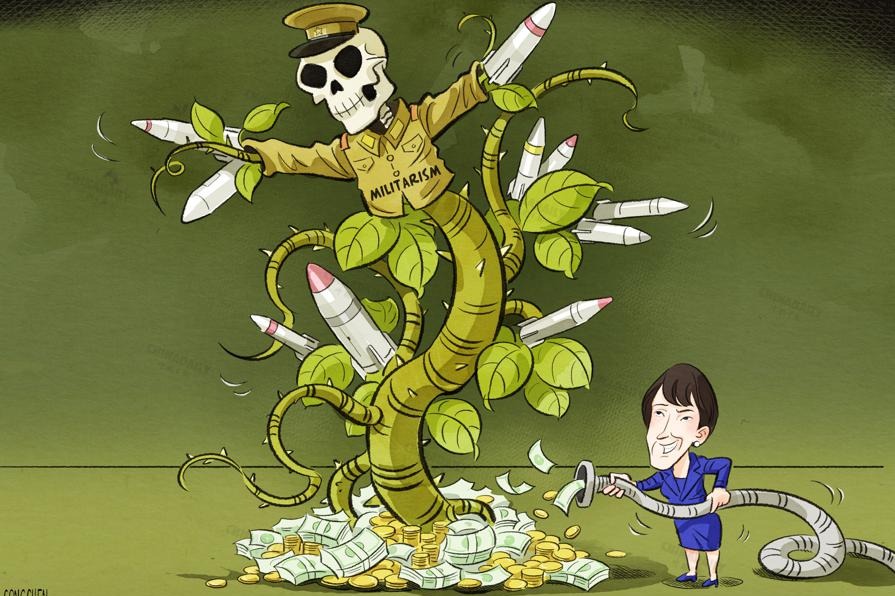New stealth fighter jet to play 'crucial role' in nation's defense
Project leader of J-35A says aircraft will detect 'hostile objects', strengthen network


Developing blueprints
Facing technological and engineering challenges and a tight schedule, Wang organized his fellow researchers to deal with problems one by one. Every member of the J-15 project team raced against time and tried their utmost to do their job, hoping to deliver the best results, he said.
"At our busiest time, we arranged as many as 25 workshops in a single month to gather knowledge and experience to help us solve difficulties," he recalled, adding that their efforts paid off as the engineers conquered all obstacles and mastered crucial technologies.
An integrated team and new mechanisms were established to streamline and optimize coordination among different units, and send digital blueprints to the aircraft factory.
The J-15 project allowed them to apply and test the new mechanisms, which were found to be very useful, Wang said.
"When my designers sent the first digital blueprints of the J-15 to the factory, its managers said they had difficulties using those blueprints because their workers didn't know how to read them," he said.
"But via the J-15 project, they started to get used to the new blueprints and found them more convenient and efficient than printed drawings. After the J-15 (project), the factory's managers asked us to use digital blueprints for all of the next aircraft models," Wang said.
Due to their endeavor and dedication, the J-15 was delivered to the Navy on schedule, allowing naval aviators to train for carrier-based operations in real aircraft.
In November 2012, pilot Dai Mingmeng landed a J-15 on the CNS Liaoning, China's first aircraft carrier, and then took off from the vessel. It was the first time a Chinese fighter jet had operated from a carrier.
The J-15 has since been developed into several variants and deployed in many long-range operations of China's carrier strike force.
























